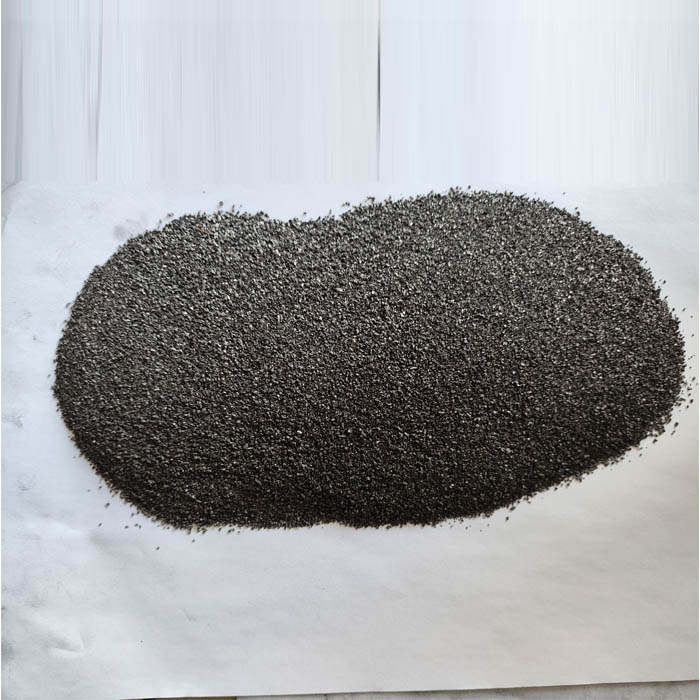Nov . 23, 2024 22:54 Back to list
High Performance Thermal Insulation Materials for Enhanced Heat Management Solutions
High-Quality Thermal Conductivity Insulation Materials Enhancing Energy Efficiency
In today's world, where energy efficiency and sustainability are paramount, the choice of insulation materials plays a crucial role in reducing energy consumption and ensuring optimal indoor comfort. High-quality thermal conductivity insulation materials are vital for both residential and commercial applications, providing a barrier against heat loss in winter and heat gain in summer. This article explores various types of thermal insulation materials, their properties, and their significance in energy conservation.
Understanding Thermal Conductivity
Thermal conductivity is a measure of a material's ability to conduct heat. Materials with low thermal conductivity are preferred for insulation because they minimize heat transfer between indoor and outdoor environments. The effectiveness of an insulation material is often represented by its R-value, which indicates resistance to conductive heat flow; higher R-values signify better insulating properties. Selecting the right insulation material can drastically reduce energy bills and improve comfort levels.
Types of Thermal Insulation Materials
1. Fiberglass Insulation One of the most common insulation materials, fiberglass is made from fine glass fibers and is renowned for its excellent thermal performance and fire resistance. It is available in batts, rolls, and loose-fill forms. With an R-value ranging from 2.9 to 4.3 per inch, fiberglass effectively retains heat in winter and keeps it out in summer, making it an economical choice for homeowners.
2. Foam Board Insulation Foam board insulation consists of rigid panels made from polystyrene, polyisocyanurate, or polyurethane. Its closed-cell structure provides a high R-value (typically between 3.6 and 8 per inch) and excellent moisture resistance. Foam boards are ideal for applications requiring high compressive strength, such as foundation walls, roof insulation, and exterior walls.
3. Spray Foam Insulation Spray foam is a versatile and highly effective insulation material that expands on application, filling gaps and cracks to create an airtight seal. It can achieve R-values of 5.0 to 6.5 per inch, providing exceptional thermal performance. In addition to its insulation properties, spray foam also contributes to soundproofing and moisture control, making it popular in both new construction and retrofit projects.
high quality thermal conductivity insulation materials

4. Mineral Wool (Rock Wool) Insulation Mineral wool insulation is made from natural or recycled materials and offers an excellent combination of thermal resistance and fire resistance. With R-values ranging from 3.0 to 4.0 per inch, it is particularly effective in soundproofing applications. Mineral wool is also water-resistant, which prevents mold growth, a significant advantage in humid climates.
5. Cellulose Insulation Cellulose insulation is made from recycled paper products treated with fire retardants. It is an eco-friendly option with R-values around 3.2 to 3.8 per inch. Cellulose is installed by blowing it into wall cavities or attics, creating a dense thermal barrier that reduces air infiltration. Additionally, its sustainability appeals to environmentally conscious homeowners.
6. Reflective or Radiant Barrier Insulation Reflective insulation works through radiation control rather than conduction and helps to reduce heat transfer in warm climates. This type of insulation typically consists of a reflective foil material placed in attics or walls to reflect radiant heat away from living spaces, effectively lowering cooling costs.
The Importance of Choosing Quality Insulation
When selecting insulation materials, it is essential to consider factors such as thermal performance, moisture resistance, environmental impact, and ease of installation. High-quality thermal conductivity insulation materials not only enhance energy efficiency but also contribute to overall building performance.
Investing in superior insulation can lead to long-term savings on energy bills, improved indoor air quality, and enhanced comfort. Furthermore, governments and institutions often provide incentives for using energy-efficient materials, making quality insulation an economically sound investment.
Conclusion
In conclusion, high-quality thermal conductivity insulation materials are a cornerstone of energy efficiency in buildings. Whether opting for traditional fiberglass or innovative spray foam, the right insulation minimizes heat transfer, ensuring comfort and reducing energy costs. As we continue to drive towards a more sustainable future, the role of effective insulation technology becomes increasingly vital. Making informed choices about insulation materials will not only benefit individual homeowners but also contribute to a broader effort in conserving energy and protecting the environment.
-
Eco-Friendly Granule Covering Agent | Dust & Caking Control
NewsAug.06,2025
-
Fe-C Composite Pellets for BOF: High-Efficiency & Cost-Saving
NewsAug.05,2025
-
Premium Tundish Covering Agents Exporters | High Purity
NewsAug.04,2025
-
Fe-C Composite Pellets for BOF | Efficient & Economical
NewsAug.03,2025
-
Top Tundish Covering Agent Exporters | Premium Quality Solutions
NewsAug.02,2025
-
First Bauxite Exporters | AI-Optimized Supply
NewsAug.01,2025
